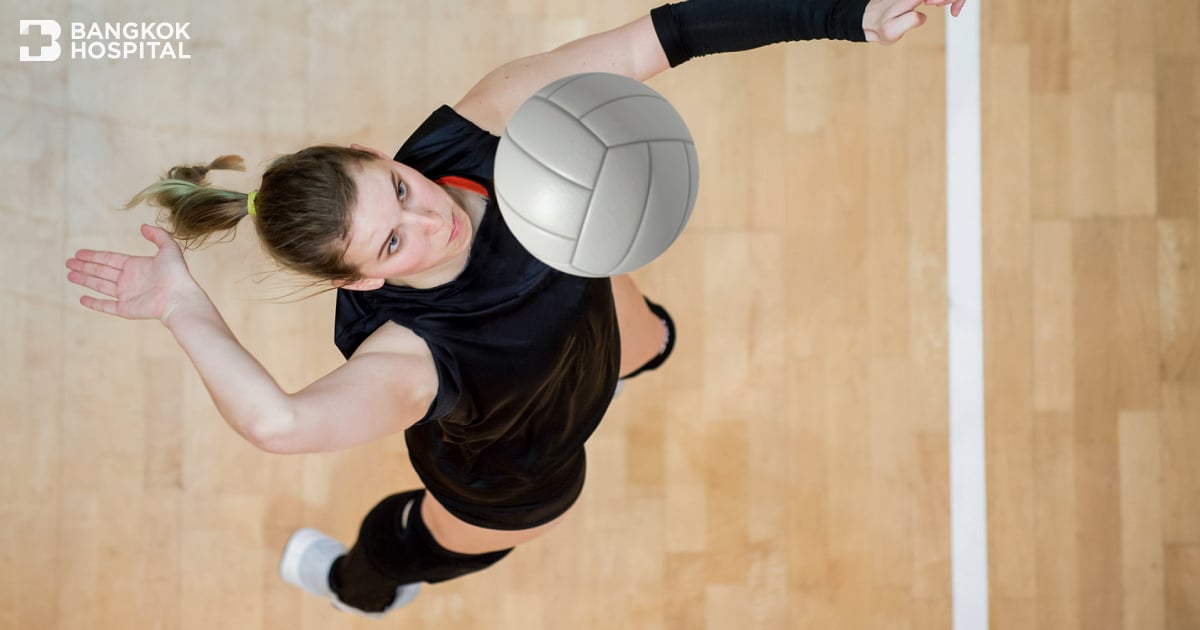For those involved in football competitions, whether footballers, team managers, doctors, team physiotherapists, stadium managers, or football club presidents, it is essential to be prepared for instances where a footballer stops breathing or their heart stops beating so that they can be promptly dealt with
The focus here is on serious causes that could lead to a footballer’s death, such as stopping breathing or the heart stopping suddenly on the pitch. Minor causes that may make a player faint, pass out, or seem to stop breathing have quite a lot of details and might not immediately lead to cardiac arrest
Causes of Cardiac Arrest
1. Under the age of 35 – 40
In cases of individuals under the age of 35 – 40, the cause is often abnormalities in the heart muscle. However, as these athletes regularly exercise, their bodies and hearts adapt to perform excellently or exceptionally without them knowing of any existing abnormality. But when engaging in sports that require the heart to work harder (which may be the same or more intense than usual), the heart muscle cannot continue to function, leading to respiratory arrest (cardiac arrest)
2. Over the age of 35 – 40
In cases of individuals over the age of 35 – 40, the cause is mostly due to coronary artery blockage. When the body exerts a lot of effort, the heart works harder, but if the blood (containing oxygen) cannot sufficiently nourish the heart muscle, it can lead to cardiac arrest
Emergency Medical Services in Football Competitions
- Each football team participating in a competition should have designated medical staff, including a team doctor and team physiotherapist. Currently, there is no clear regulation requiring their presence, but in the future, the Asian Football Confederation, or AFC, will issue regulations mandating that national teams participating in competitions must have a team doctor present. Therefore, the competition organizers, especially the medical services division, must know which teams do not have a team doctor or physiotherapist.
- Currently, for international tournaments that AFC oversees, foreign match officials are brought in to manage the competitions. The organizers must prepare 2 sets of ambulances, each with an on-field doctor, to ensure readiness for emergency situations on the field. They are ready to transport injured players to the nearest and/or responsible hospital for that specific competition. Having 2 ambulances is necessary because if one is needed to transport to a hospital and the competition is not yet concluded, another emergency could arise.
- Advanced life-saving equipment refers to medical devices necessary for Cardiopulmonary Resuscitations (CPR) in situations where a patient’s heart stops, they stop breathing, or lose consciousness, such as a Defibrillator, equipment for intubation, and essential drugs for life-saving in critical conditions.
- Stretcher teams must have 2 sets of 4 personnel each because, during player transport from the field while the competition continues, another collision and resulting injury might necessitate the use of another stretcher concurrently. FIFA regulations specify that stretcher bearers should be medically trained personnel, focusing on player safety, especially in cases of severe spinal or neck injuries which could lead to paralysis if mishandled. Furthermore, one field doctor (Pitch Doctor) must monitor the competition to decide if immediate assessment and control of the situation on the field are necessary.
- The Medical Room or Medical Room at every competition venue must have a basic equipment setup, mostly taken from the Ambulance inventory, prepared in case patients need to be treated initially in the medical room. In some international stadiums, there are medicine cabinets with basic drugs that the public can use, similar to a home or stadium first-aid kit, with a list of drugs along with basic effects and dosage information, including the expiry date of the medicines and medical supplies, such as at the Canberra football stadium in Australia. In some countries like Japan, laws require the availability of an AED (Automatic External Defibrillator), usable by the general public following taped voice instructions for step-by-step operation without posing a risk if misused, such as during the Saitama Cup competition in Saitama, Japan. In the USA, AEDs are commonly installed in public places like all airports, with an appropriate number of devices for the area, designed for public use where a family member might be at risk of cardiac arrest.
- The hospital nearest to the competition venue with the highest readiness must have a prearranged and coordinated plan in case of emergencies requiring immediate treatment for patients in ambulances during competition days.
- Medical services for spectators and those near the competition venue during significant matches, where the stadium is at full capacity, and there are people who come but cannot enter the stadium to watch, must consider these groups as well. Additionally, they must be prepared for severe incidents leading to numerous injuries (Mass Casualty).






